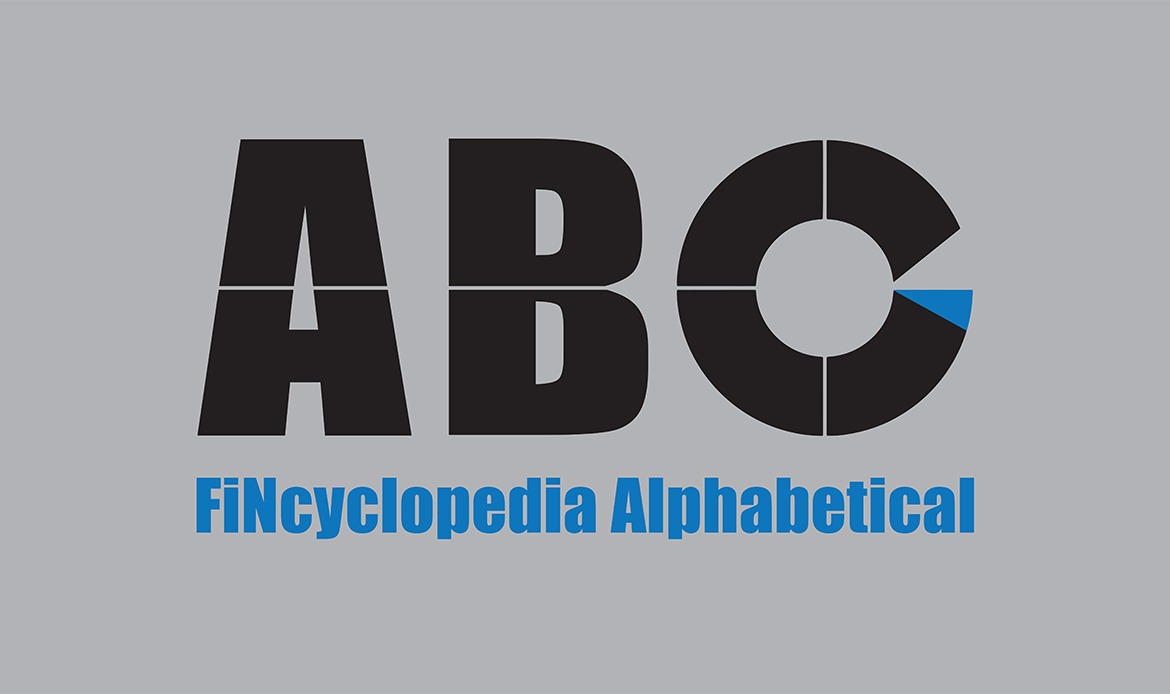A method of going public by merging with a public shell company. An unlisted company can become publicly traded through a merger directly with a public shell in which case it acquires control of the majority of outstanding shares in the shell company. After the merger transaction completes, the shareholders of the new company will own more than 50 percent of the outstanding voting shares of the company. This type of listing can be completed through a variety of means including asset/ business acquisitions, reorganizations, combinations, plans of arrangements, etc. The shares of the new company will be registered as a new issue.
Though initial public offerings (IPOs) can help companies raise more capital than backdoor listing, the latter is often executed without an underwriter. A prime example of a backdoor listing is Berkshire Hathaway that went public through merging with an existing public company.
A backdoor listing is also known as a backdoor registration, a reverse IPO, or a reverse merger.





Comments